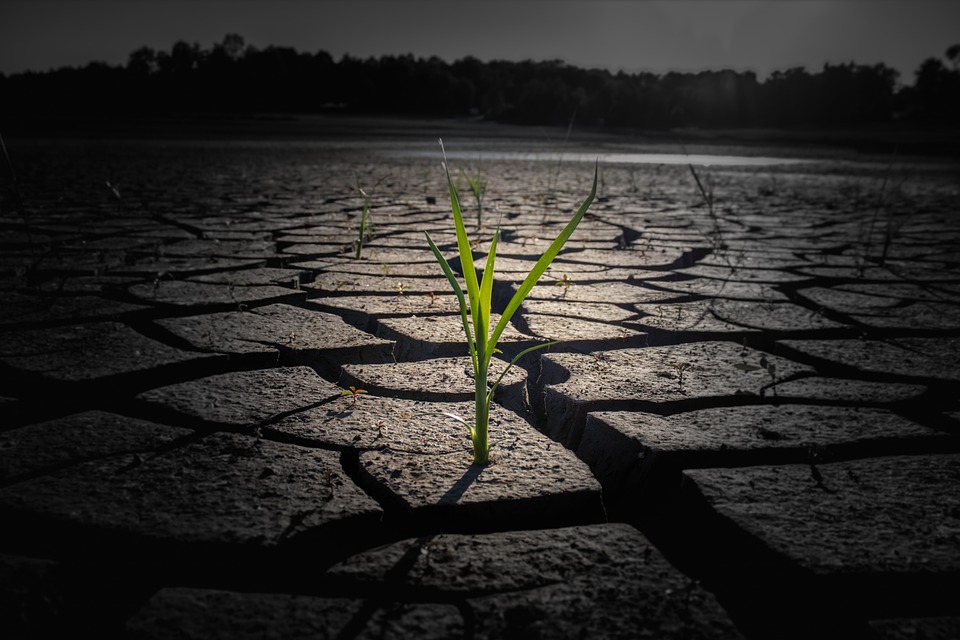What Is the Climate in Utah?
Utah’s climate is as diverse as its landscapes, ranging from arid deserts to snowy mountains. Understanding the state’s climate is crucial for both residents and visitors, as it influences outdoor activities, agricultural practices, and overall quality of life.
General Climate Overview of Utah
Utah’s climate is primarily classified as semi-arid to desert, characterized by hot, dry summers and cold winters. The state’s varied topography—ranging from low deserts to high mountain ranges—creates distinct climate zones. This geographical diversity results in significant variations in temperature and precipitation across different regions of the state[1][2].
Regional Climate Variations
Utah can be divided into three main climate regions:
– Northern Utah: This region features a temperate climate with mountainous terrain. Winters are cold and snowy, particularly in areas like the Wasatch Range, where snowfall can exceed 500 inches annually. Summers are warm but generally more moderate than in southern Utah.
– Central Utah: Central Utah experiences a semi-arid climate. Here, temperatures can vary widely between day and night, especially during summer. Annual precipitation averages between 5 to 15 inches, supporting grasslands and some agriculture.
– Southern Utah: Characterized by an arid desert climate, southern Utah sees higher temperatures and lower humidity. This region includes famous national parks like Zion and Bryce Canyon, where summer temperatures often exceed 100°F[1][3][4].
Seasonal Weather Patterns
Utah experiences four distinct seasons:
– Summer: Hot and dry, with temperatures often exceeding 100°F in southern Utah. Higher elevations remain cooler.
– Winter: Cold and snowy, especially in northern and mountainous areas. January is typically the coldest month, with average lows around 12°F in some regions.
– Spring: Mild with increasing temperatures; however, early spring can still be chilly with occasional snow.
– Autumn: Cool temperatures with vibrant fall foliage; September can still be warm, but by October, temperatures drop significantly[3][4][5].
Precipitation and Snowfall
Utah’s average annual precipitation varies significantly:
– Northern mountains receive over 40 inches of precipitation annually, primarily as snow.
– Central regions average about 10 to 15 inches.
– Southern deserts receive less than 10 inches per year.
Snowfall is particularly important for water supply, as it melts in spring to feed rivers and reservoirs. The snowpack is crucial for agriculture and recreation[1][2][3].
Impact of Altitude on Climate
Altitude plays a significant role in Utah’s climate:
– Lower desert areas can experience scorching summer temperatures (up to 117°F), while higher elevations see much cooler conditions year-round.
– For example, the Uinta Mountains have a sub-arctic climate with severe winters and cool summers compared to the hot deserts below[2][5].
FAQs
– What is the hottest month in Utah?
August is typically the hottest month, with temperatures often exceeding 100°F in southern regions.
– How cold does it get in Utah’s winters?
Winters can be harsh; January averages around 12°F in northern areas but can drop significantly lower at higher elevations.
– Which part of Utah gets the most snow?
The northern mountainous regions receive the most snowfall, with some areas averaging over 500 inches annually.
– What are the best months to visit Utah for outdoor activities?
Mid-April to June and September to October are ideal for outdoor activities due to mild weather and fewer crowds.
– How does Utah’s climate vary between summer and winter?
Summer features hot, dry conditions while winter brings cold temperatures and significant snowfall in mountainous areas[3][4][6].
Conclusion
Utah’s diverse climate reflects its unique geography, from arid deserts to snowy peaks. Understanding these climatic variations is essential for residents and visitors alike to plan activities effectively and appreciate the state’s natural beauty. Whether you’re skiing in winter or hiking during the mild springs and autumns, being aware of Utah’s climate will enhance your experience in this remarkable state.

Kyle Whyte is a notable scholar and professor at the University of Michigan, holding positions such as the George Willis Pack Professor in the School for Environment and Sustainability and Professor of Philosophy. Specializing in environmental justice, his work critically examines climate policy and Indigenous peoples’ ethics, emphasizing the nexus between cooperative scientific endeavors and Indigenous justice. As an enrolled Citizen Potawatomi Nation member, he brings a vital perspective to his roles as a U.S. Science Envoy and member of the White House Environmental Justice Advisory Council. His influential research is supported by various prestigious organizations including the National Science Foundation, and disseminated through publications in high-impact journals. Kyle actively contributes to global Indigenous research methodologies and education, with affiliations to numerous institutes and societies dedicated to traditional knowledge and sustainability. Recognized for his academic and community engagement, Kyle has earned multiple awards and served in various visiting professorships. His efforts extend to leadership positions on boards and committees focused on environmental justice nationwide.
